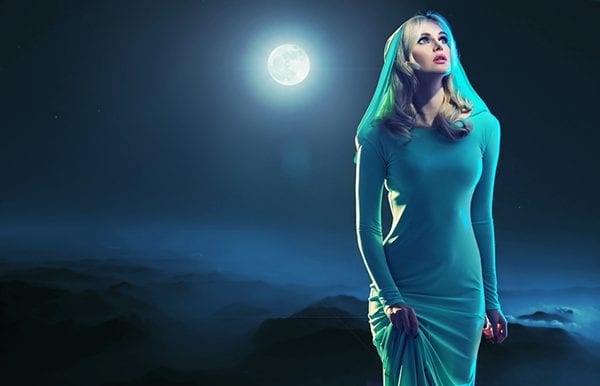Romancing the moon
Romancing the moon
Romancing the moon
-
Hannah
-
Hannah

‘The moon lives in the lining of your skin.’
So wrote the poet Pablo Neruda in his ‘Ode to a Beautiful Nude’. This line resonated with me as I wrote my latest novel, Legacy. The heroine, born under a full moon, is Luna, which is Spanish for moon. Ruy, the man who falls in love with her, believes she is aptly named. When she attends a costume ball that his family is hosting, wearing a Moon Queen costume, he calls her, ‘An enchanting beauty, so ethereal that you actually appear to be made of moonlight.’
There is something of the moon within Luna. Her character was inspired, in some ways, by my long-held fascination with legends and myths, especially those of the classical civilisations. In Roman mythology, Luna was the lunar goddess, the divine embodiment of the moon; in Greek mythology she was named Selene. Both goddesses were strong and beautiful, very feminine, and related to various romantic legends – for what man could resist the beauty of moonlight incarnate?
Luna’s predecessor in the Andalucían Nights trilogy is Luz (Ruy’s mother), heroine of Masquerade. In Spanish, luz means light, and that is how I see Luz: she is vibrant and dazzling; she is happiest out in the bright sunshine of the hottest part of the day.
Luna, conversely, is more reserved; she has reason to hold back part of herself. She is also cooler in demeanour, and I think that she is more deeply romantic, which is why the idea of moonlight living in the lining of her skin so appealed to me.
In Romeo and Juliet, Shakespeare wrote:
O, swear not by the moon, th’ inconstant moon,
That monthly changes in her circle orb,
Lest that thy love prove likewise variable.
I don’t see the moon as inconstant, though; it is solid, unchanging – as Henry David Thoreau put it in his poem ‘The Moon’, ‘she does not wane’… ‘alway in her proper sphere/She’s mistress of the night’. What we can see of the moon, however, does differ from day to day. So it is with Luna: my reader knows her innermost thoughts and feelings, but Ruy cannot always see all of her and understand her motives and desires.
In persuading Luna to trust him and explore her feelings for him, then, Ruy must push aside the shadows and clouds behind which she may hide. If Luna is the moon, then, Ruy is the wind; if she is the goddess Selene, he is the god Aeolus.
I will leave you with a poem by one of my favourite Spanish writers, Federico Garcia Lorca. In ‘Romance de la Luna, Luna, Luna’ the moon is personified as a woman, watched over by the air:
The moon came to the forge
with her skirt of white, fragrant flowers.
The young boy watches her, watches.
The boy is watching her.
In the electrified air
the moon moves her arms
and points out, lecherous and pure,
her breasts of hard tin.
Flee, moon, moon, moon.
If the gypsies were to come,
they would make with your heart
white necklaces and rings.
Young boy, leave me to dance.
When they come, the gypsies
will find you upon the anvil
with closed eyes.
Flee, moon, moon, moon.
Already I sit astride horses.
Young boy, leave me, don’t step on
my starched whiteness.
The horse rider approaches
beating the drum of the plain.
Within the forge the young man
has closed eyes.
Through the olive grove they come,
the gypsies – bronze and dreaming,
heads lifted
and eyes half closed.
Hark, hear the night bird –
how it sings in the tree.
Across the sky moves the moon,
holding the young boy by the hand.
Within the forge the gypsies cry,
are crying out.
The air watches over her, watches.
The air is watching over her.
Translator: Helen Gunn